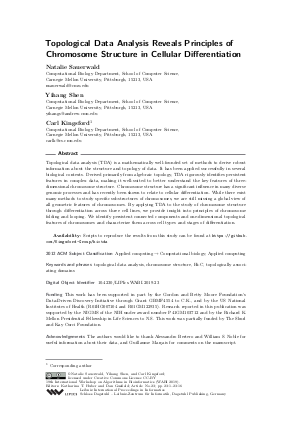LIPIcs.WABI.2019.23.pdf
- Filesize: 4.07 MB
- 16 pages

 Creative Commons Attribution 3.0 Unported license
Creative Commons Attribution 3.0 Unported license






























Feedback for Dagstuhl Publishing